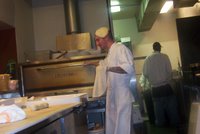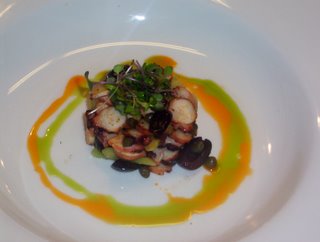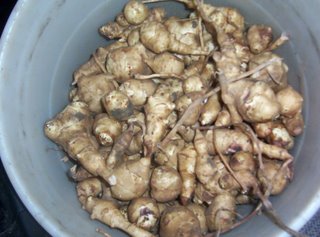Muscovado is pure whole, unrefined, non-centrifugal cane sugar. It is also called 'poor peoples sugar'.
Muscovado retains all of the natural ingredients of sugar cane, making it wholesome and healthy.
Only pure bee's honey can compare to Muscovado for natural goodness.
The nutritional qualities alone are quite exceptional and can be compared with honey.
Muscovado is a natural high energy food source that quickly replaces lost vigor.
Muscovado (from the Spanish mascabado, meaning unrefined) in South Asia is also known as gur, jaggery, and khandsari. In Latin America it is known as rapadura, pamela or piloncillo. In Colombia is it called chancaca. Whatever name you may know if by, this product is unrefined, non-centrifugal cane sugar with a high molasses (mineral) content. Although commonly used in Latin America and south east Asia, these products are relatively difficult to find in the US.
This is how Muscovado Sugar is made
Muscovado is made the old fashioned way with Kalmansi (a tiny native lime similar to Key Limes in Florida) and fresh coconut milk. First the sugar cane is cut/harvested (by hand). It is washed and then chopped, soaked and pressed to extract the juice from the sugar cane. This juice is heated with a little lime juice added. They also cut coconuts off the trees, grate the coconut meat and press out fresh coconut milk, which is sprinkled into the heating cane juice. This keeps the juice from foaming as it heats. The resulting Muscovado is actually about 0.2% coconut milk.
Once this cane juice becomes thick, it is poured into cups where it finishes by sun drying. The dried cane juice is then pounded to yield a natural, unprocessed sugar, very high in minerals. It is not uniform in color or texture. It is more "raw" or unprocessed than any other sugar I've have found.
This "unrefined" sugar is darker in color than "refined" sugar because it contains what sugar producers call "impurities." But these so-called impurities are essential minerals such as calcium, potassium, magnesium, copper, and iron, as well as small amounts of fluorine and selenium. So "refined" sugar has zero nutritional value, while "unrefined" sugar has significant nutritional value.
Using Muscavado Sugar
There are many ways to coax out the subtleties of Muscovado. Using it in your coffee might not be the best idea though. Muscovado bridges the gap between sweet and savory very well due to it’s wholesome flavor. I add Muscovado to a tomato puree and reduce it untill I ha ve tomato jam. I also add Muscovado to my Foie Gras Mousse recipie. Muscocado takes a ho-hum sweet potato puree up a level on flavor complexity. The easiest way I’ve found to get to the heart of Muscovado is using in a butterscotch sauce recipie:
1/4 cup Muscovado Sugar
1 tablespoon Butter
1/4 cup Scotch
1 6 oz can Sweetened Condensed Milk
Salt
Melt the sugar and butter together, deglaze with liquor, add Milk and salt. Once this mixutre heats up it is very close to the proper consistancy. I’ve added herbs to this with great success, try thyme and some lemon zest. I’ve glazed chestnuts with this mixture also. If after it cools the consistancy is off, try adding a little more liquor, or some plain milk..






























